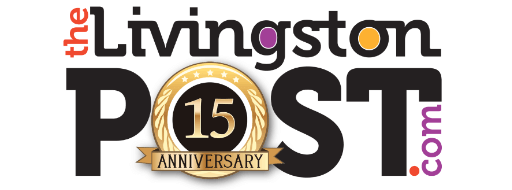When we decided to start homeschooling, twenty years ago, we immediately purchased The Christian Home Educators’ Curriculum Manual by Cathy Duffy and How to Homeschool: A Practical Approach by Gayle Graham. The latter is a no-nonsense explanation of how homeschooling changes your life in a practical sense with tips and encouragement. The former contains reviews of homeschool materials for all subjects. Both of these books were invaluable to our family, and especially me, since the bulk of the day-to-day business of school was going to be my responsibility. From these books, I was able to understand the kind of teaching philosophy that made sense to me and, armed with that information, I was able to determine the curricula that would most likely work well for us. One of the most important concepts that I learned in all of this that made complete sense to me is that history should be taught from the beginning. This was radically different from the way I was taught in a southeastern Michigan public school. There, most years were spent focused on American history, which was not even two hundred years old at that time. Sure, there were brief studies about tribes in far off countries or extinct civilizations, such as the Aztecs. There was even a sprinkle of ancient history for one semester in high school. My memory and understanding of history, at the time we began homeschooling, was extremely limited. For us, it made complete sense to begin our study of history from the beginning of mankind’s records.
For the first several years of homeschooling, we used the Greenleaf Guides, published by historians and homeschool veterans, Rob and Cyndy Shearer. These excellent guides, which highlight the most important people and events of the time period, use great literature and as many original-source materials as possible. The study begins with the Old Testament, which is the beginning of recorded history for Christians and religious Jews. The series then moves on to Ancient Egypt, Greece, Rome, the Middle Ages, and the Renaissance and Reformation. In addition to the use of original-source material and great literature, the non-fiction books that are referenced are also excellent, such as David Macaulay’s City and Castle. There is no mind-numbing memorization of context-less names and dates with this curriculum.
For a change of pace and also to be able to focus on something that is not really covered in the Greenleaf Guides, such as American history or geography, we have spent a few years using the guides published by Beautiful Feet Books, which, like Greenleaf, also emphasize the study of history through literature. I recommend this publisher for more experienced homeschoolers only because the workload can be daunting and unrealistic, leaving a new homeschooler frustrated and worried. Someone with more experience will be better able to prioritize and pare down assignments, if necessary. However, these guides merit serious consideration because of the excellent choice in required and recommended literature and also because of the thought-provoking writing assignments.
For a broader, more comprehensive study of history, we have used The Story of the World series by Susan Wise Bauer. There are four books in the series, starting with ancient times in the first volume to the modern age in the fourth. These books cover all of civilization, not just western. For example, while reading about knights in England in volume 2, you will also be learning about the samurai in Japan. The books are written as stories, so they are more interesting and enjoyable to read than a textbook. At the end of every section, the student is either supposed to answer the comprehension questions or narrate the story back to the teacher. There is a map to be filled in, for each chapter, which the parent needs to copy for the child. The Story of the World series can be also be used independently by older students.
This approach to the study of history is what makes the most sense to me and to many others involved in homeschooling: Build a foundation by studying humanity from its recorded beginnings and go from there. Using this formula, the student is able to establish a context upon which he can build further knowledge, thus understanding man’s past and hopefully more able to avoid repeating mistakes. Remember what the great Sir Winston Churchill said? “Those who fail to learn from history are doomed to repeat it.” Thus, the study of history is extremely important and should be approached the right way: from the beginning.
